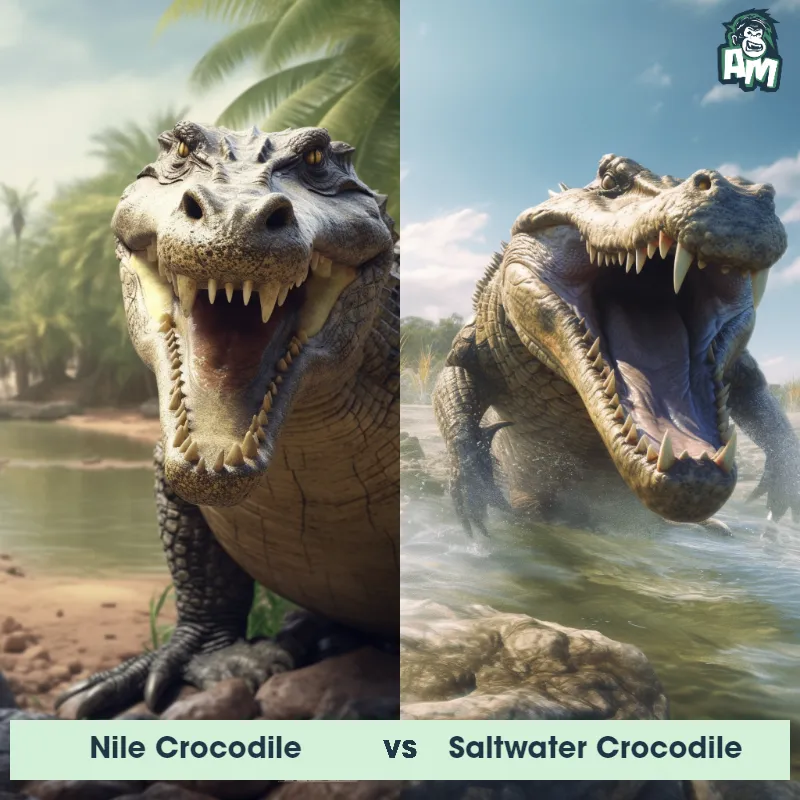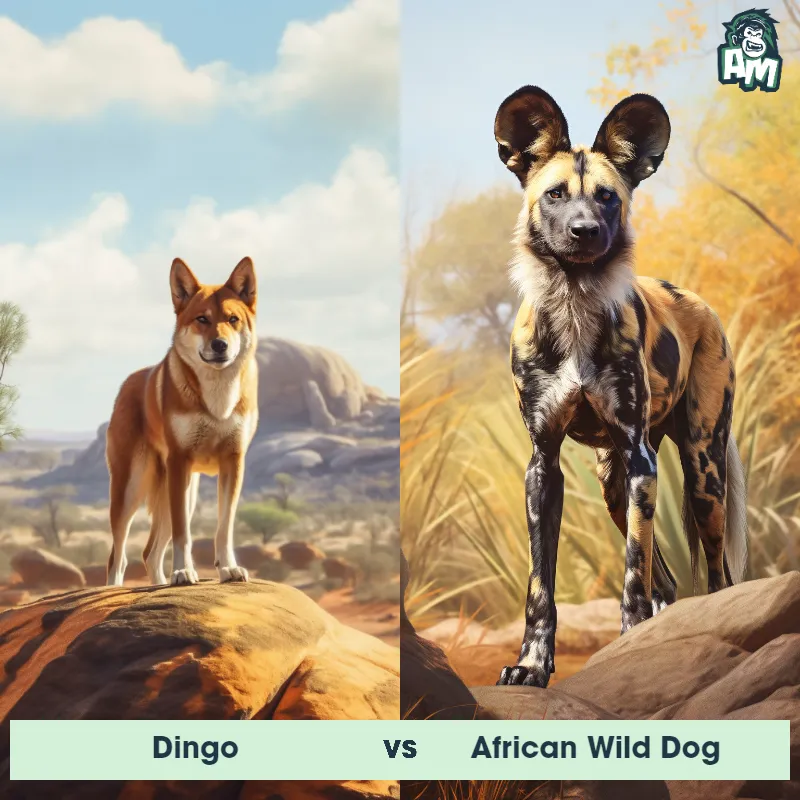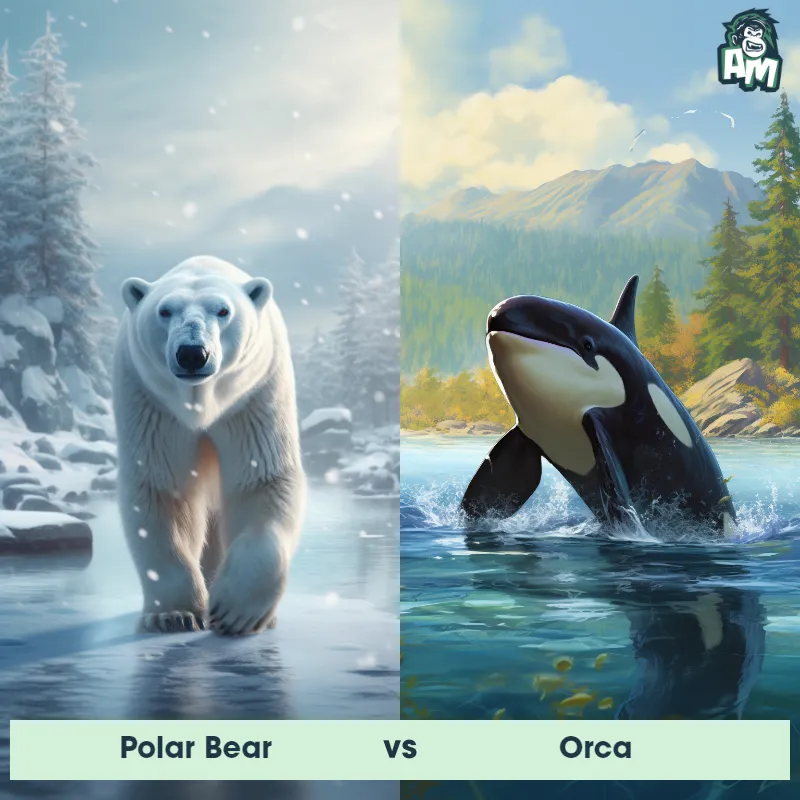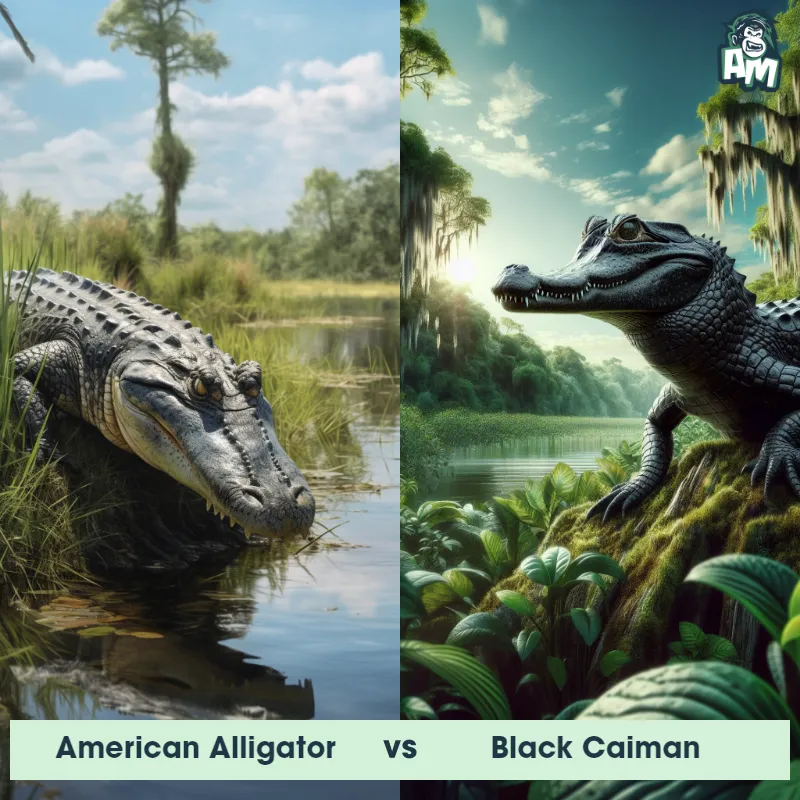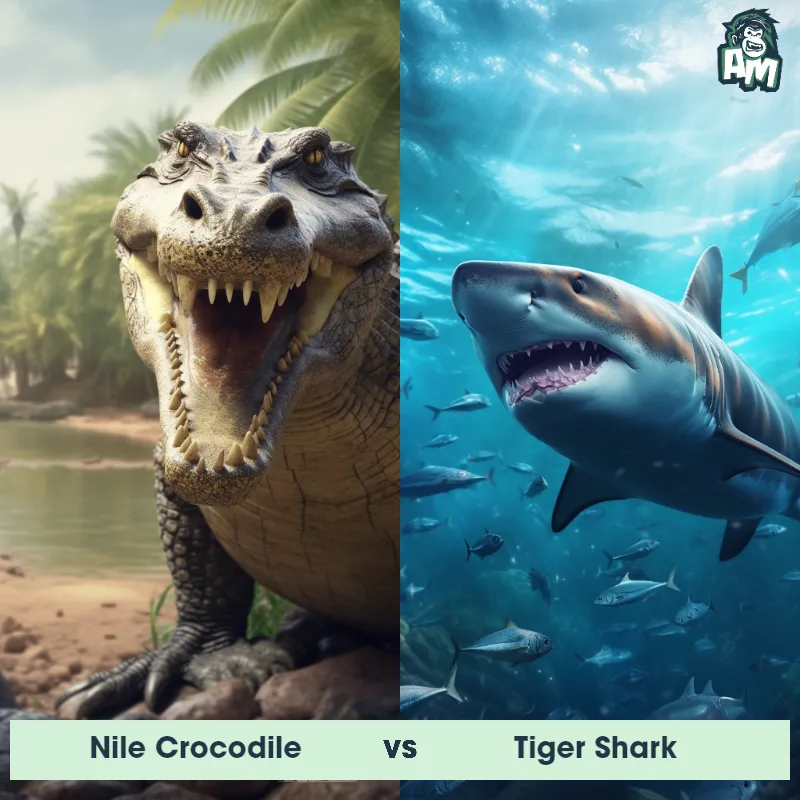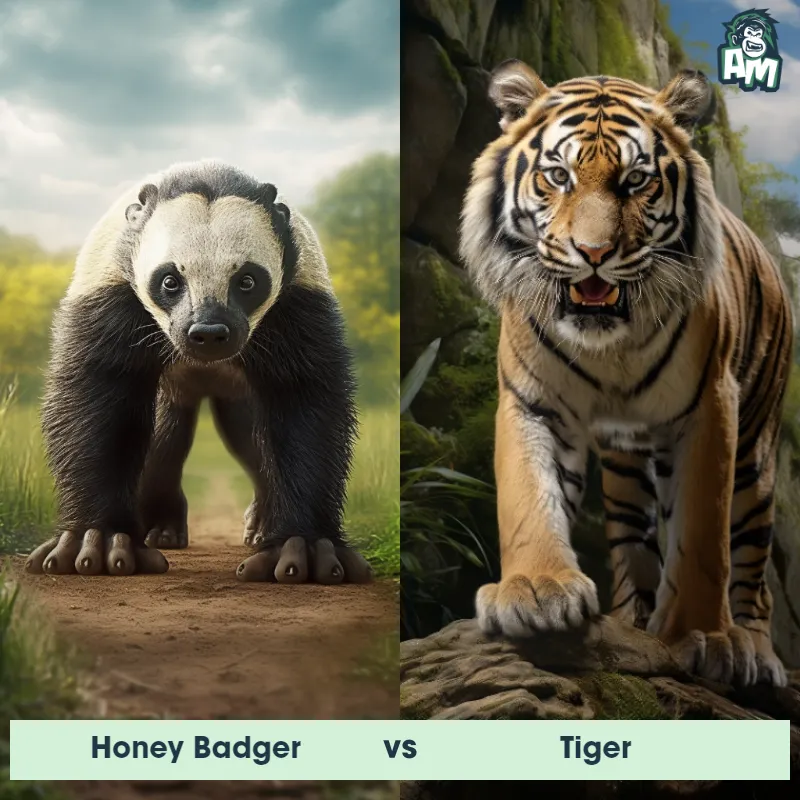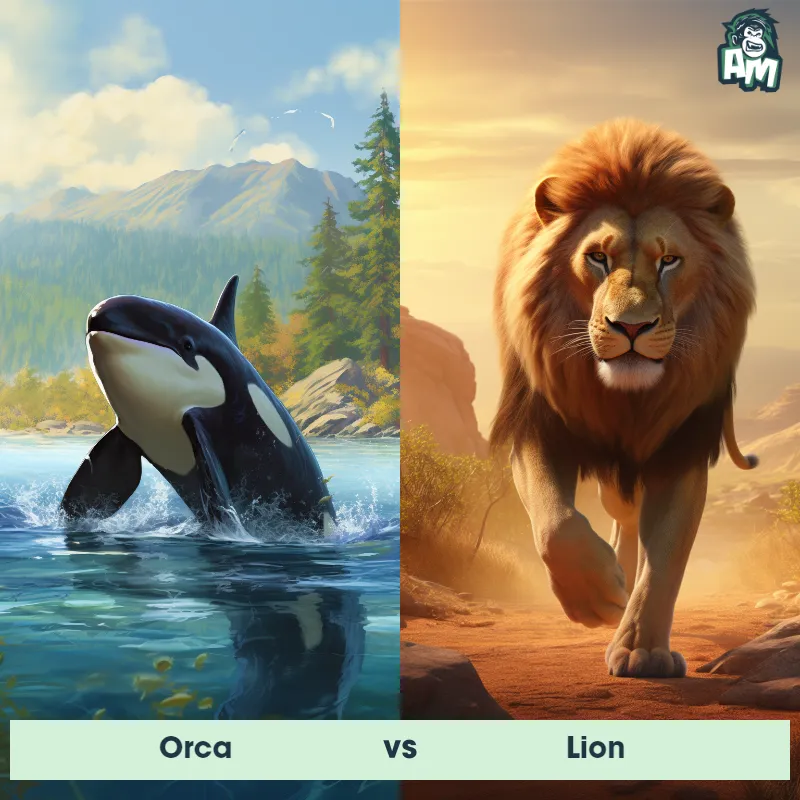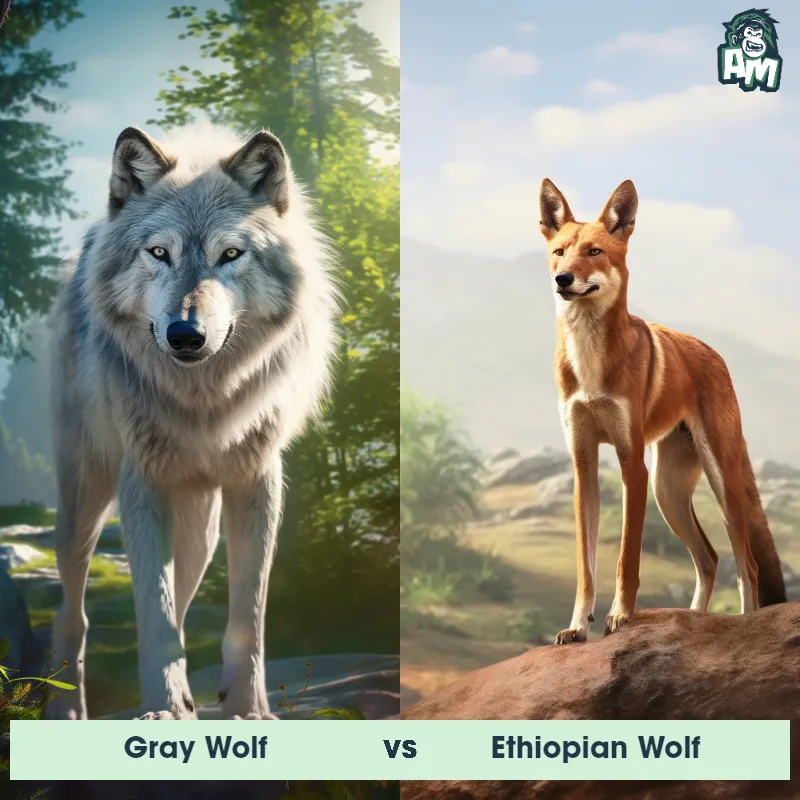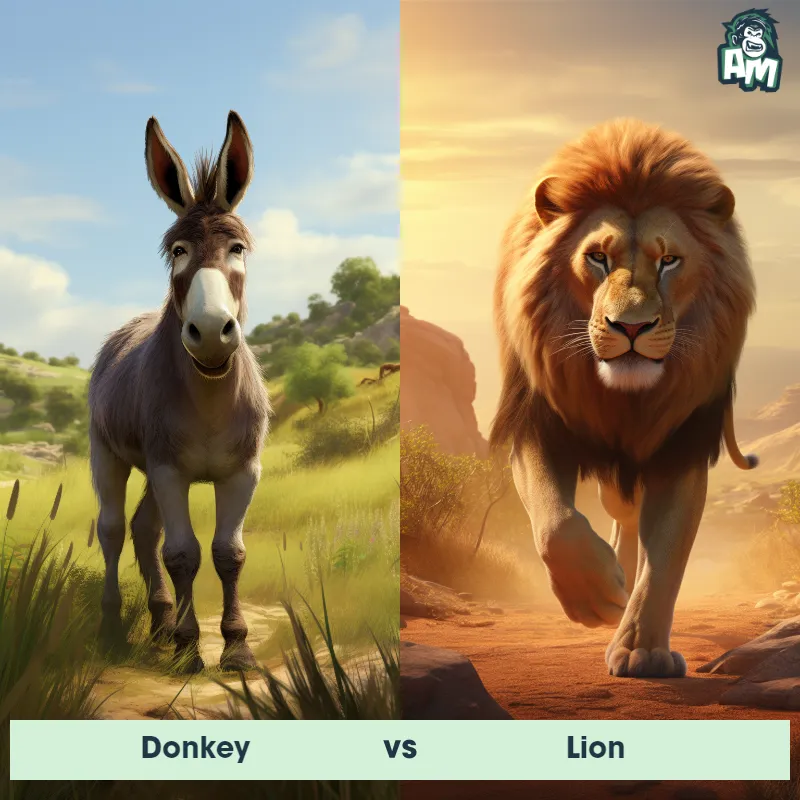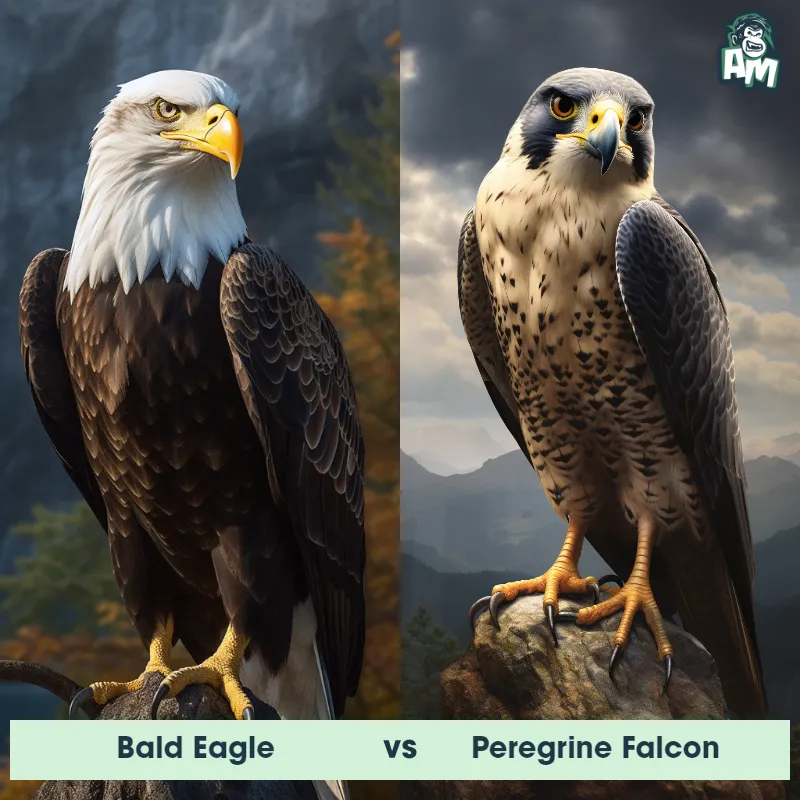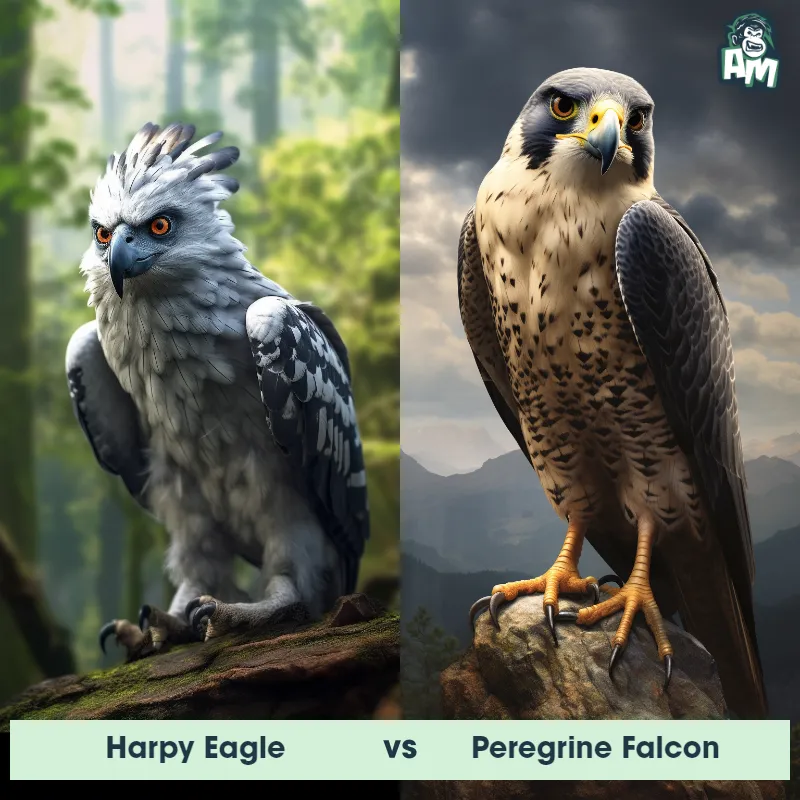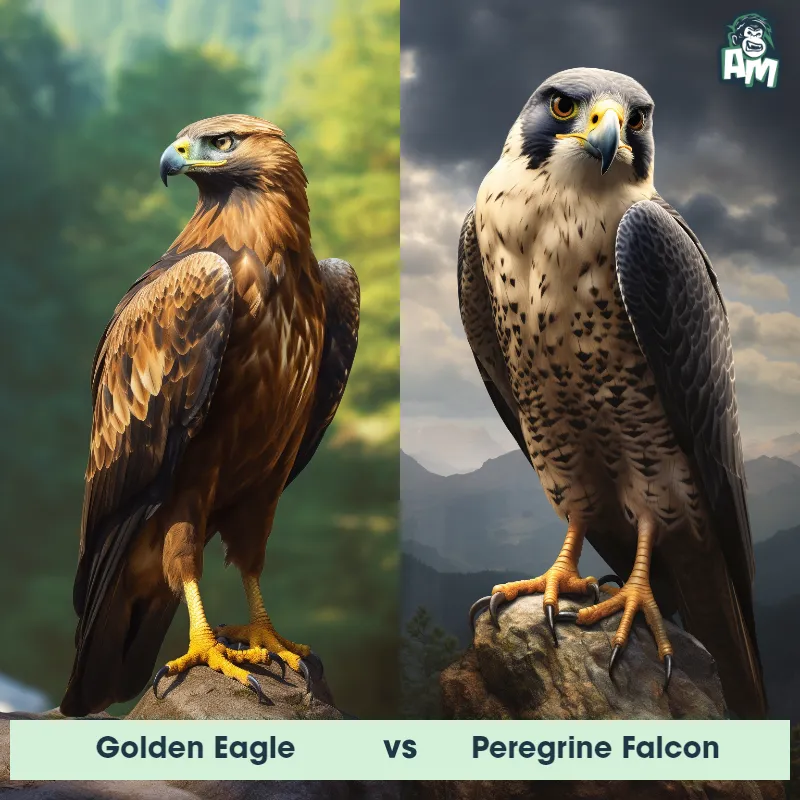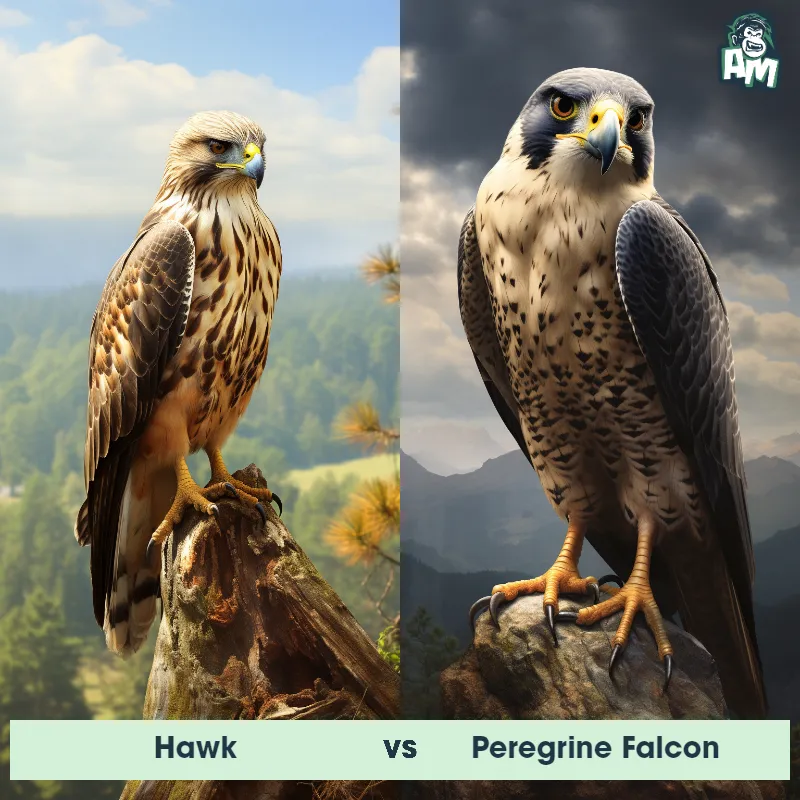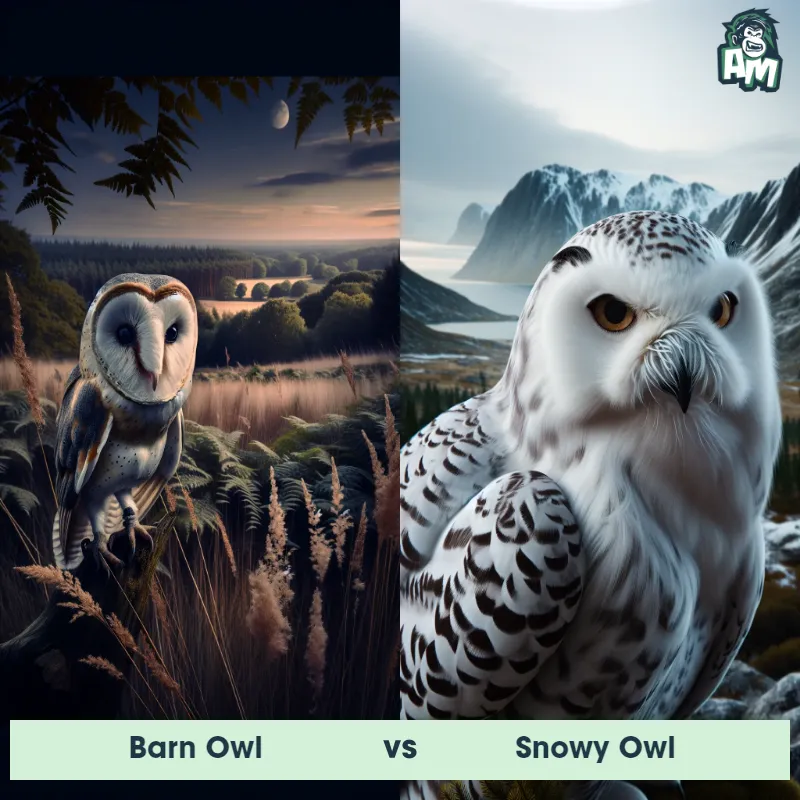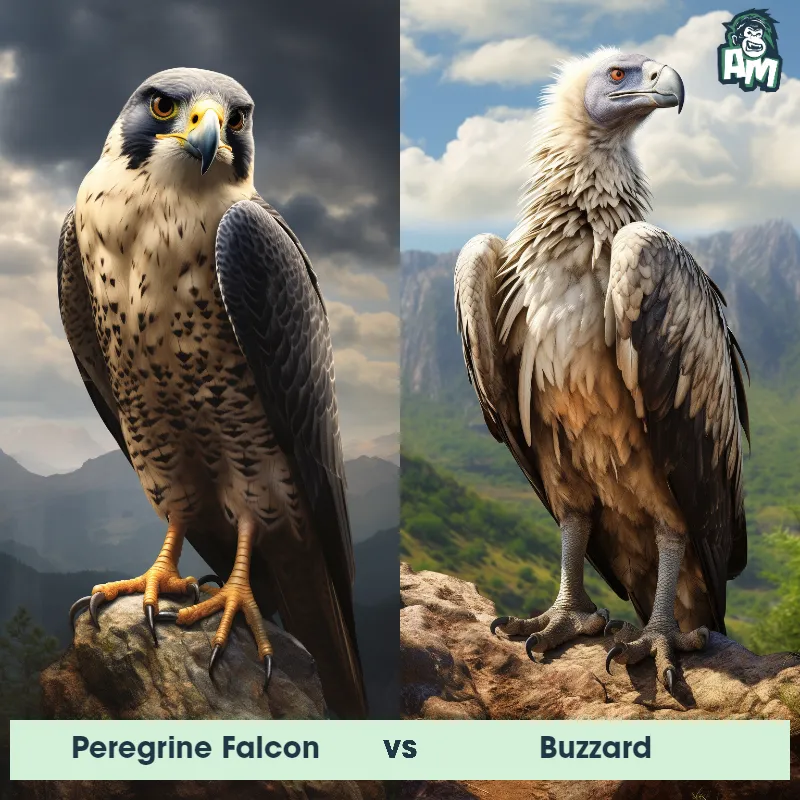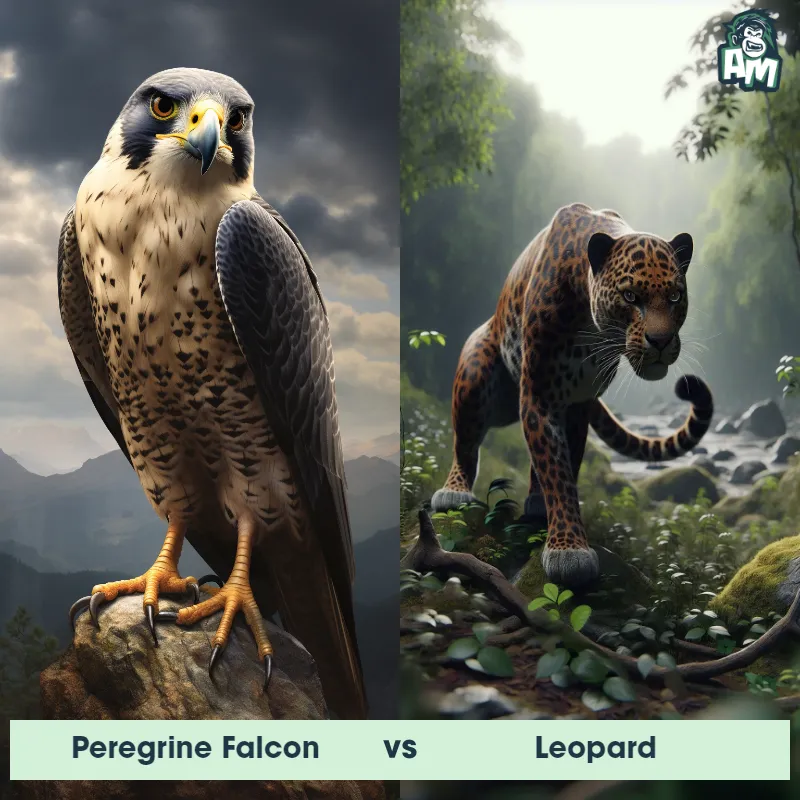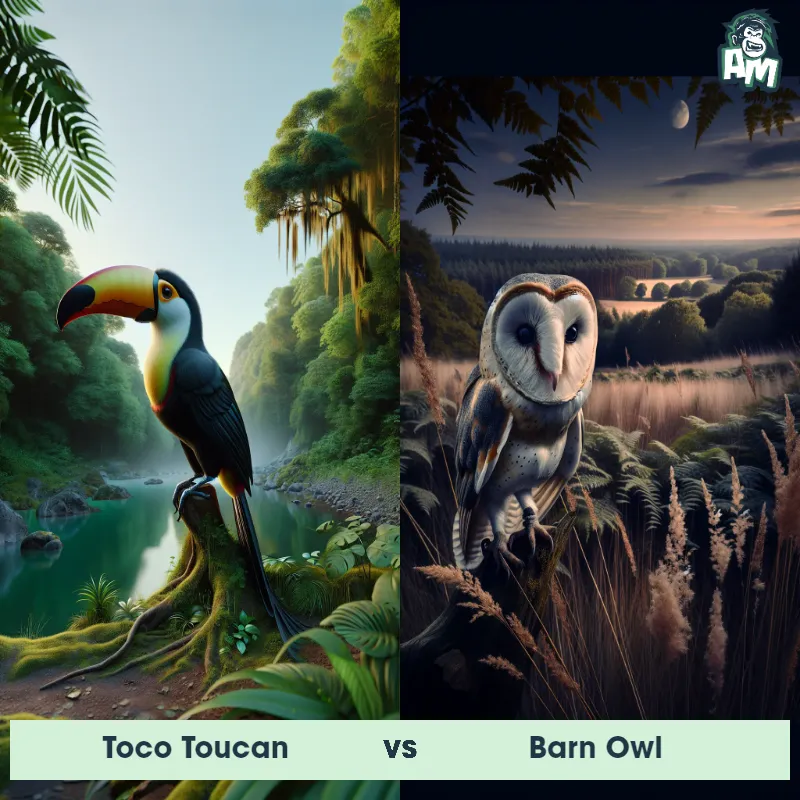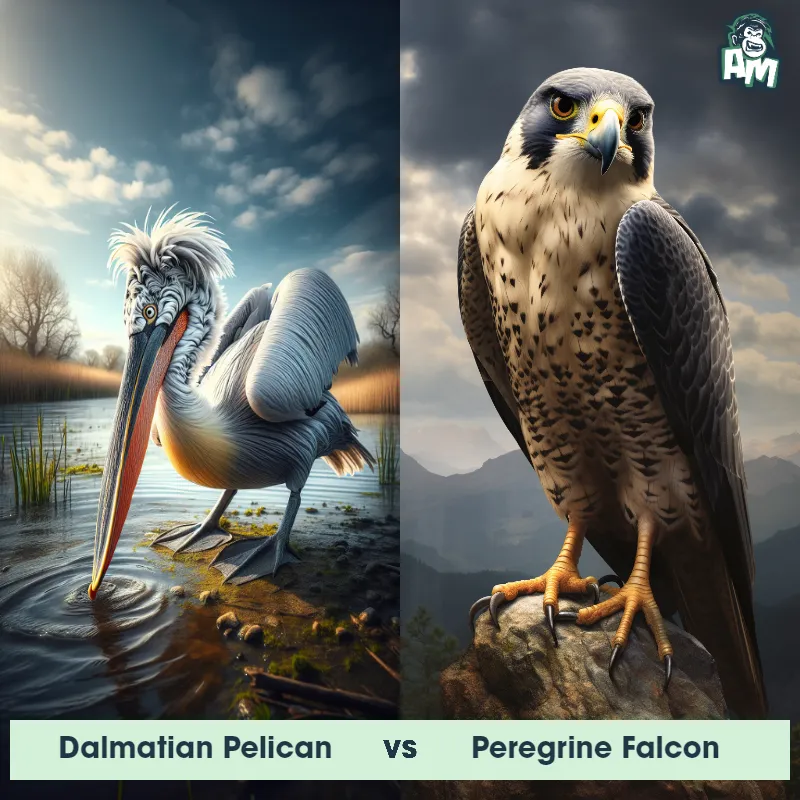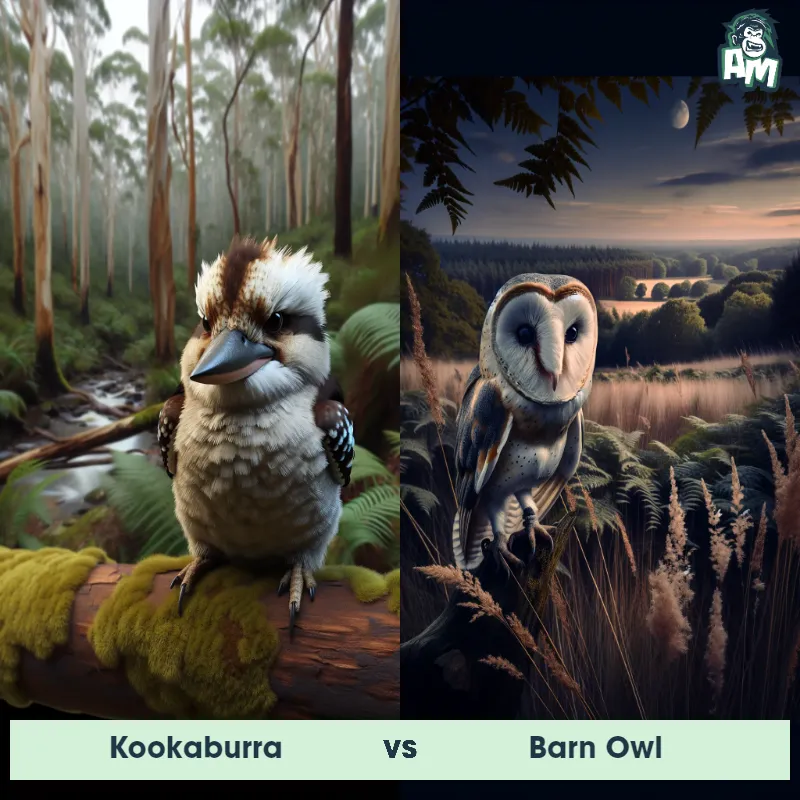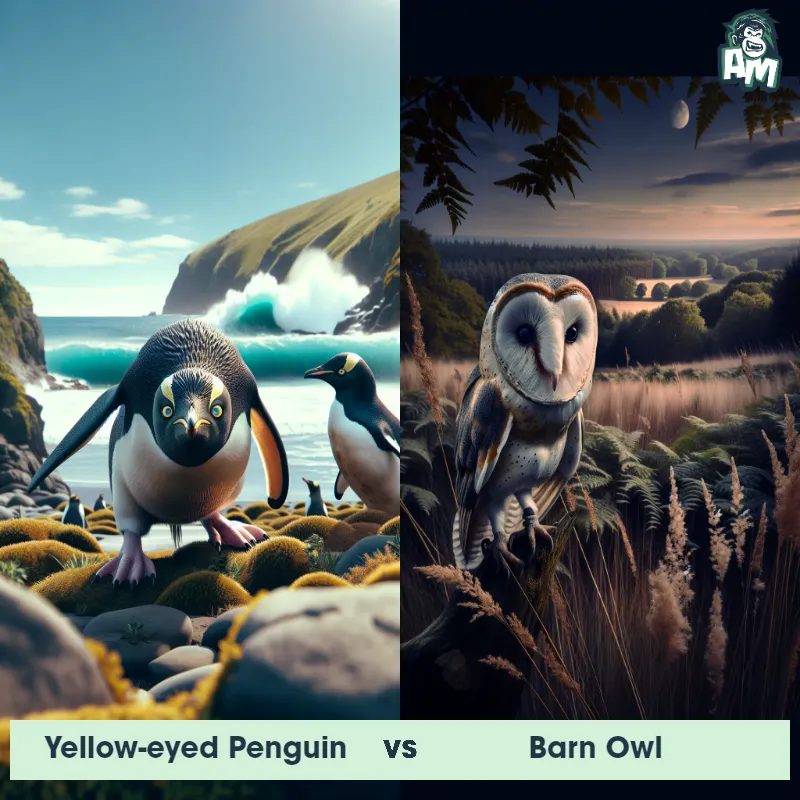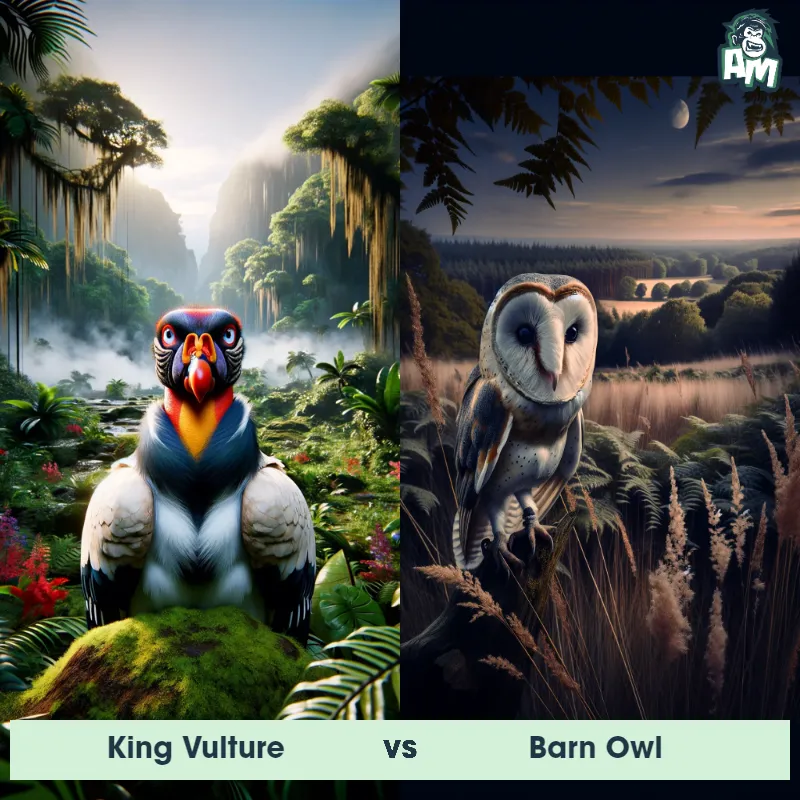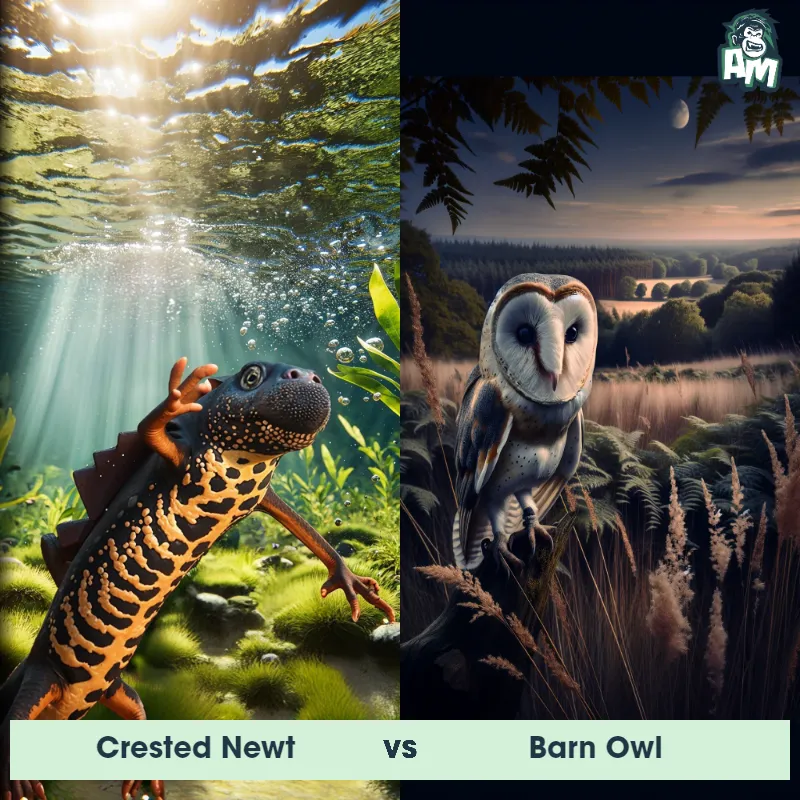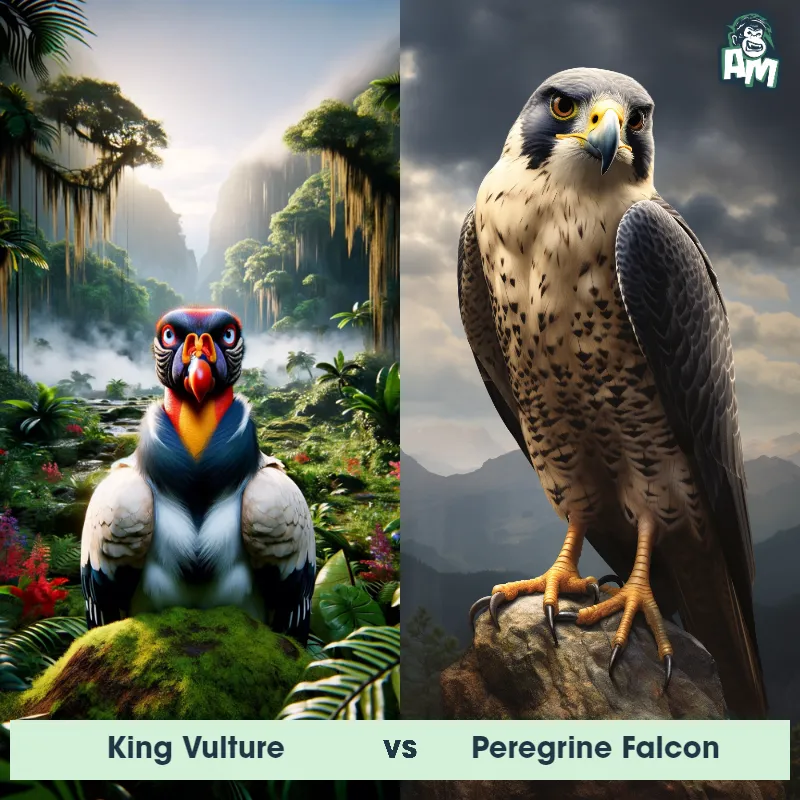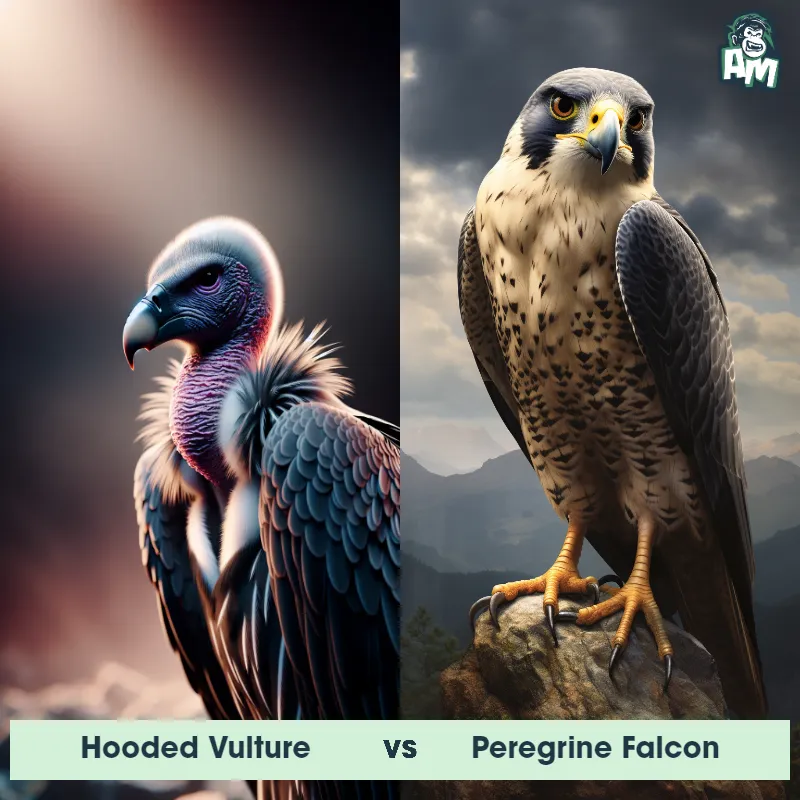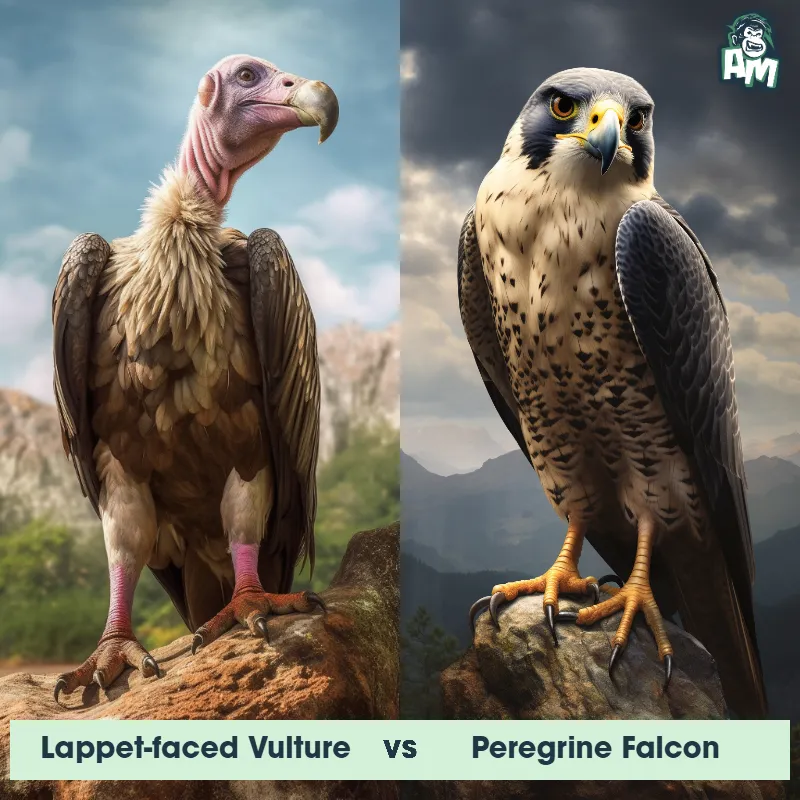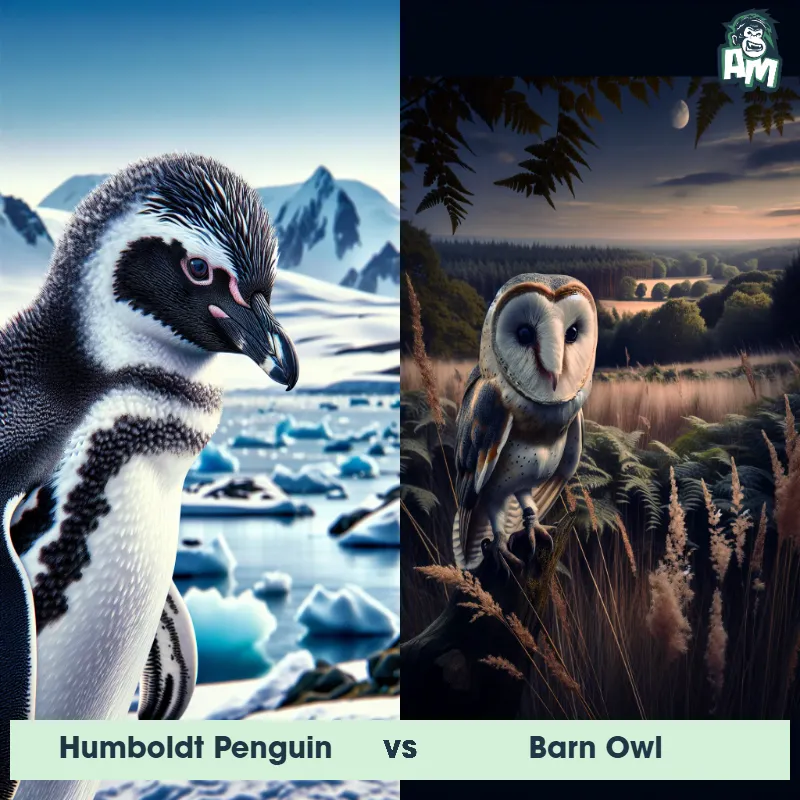Peregrine Falcon vs Barn OwlSee Who Wins

Good evening, ladies and gentlemen, and welcome to this thrilling matchup between two aerial predators! Tonight, we have a fierce battle underway as the Peregrine Falcon takes on the Barn Owl in a three-round fight for the ages. Both birds possess incredible speed, agility, and hunting prowess, making this matchup truly one for the books. So, let's get ready for an intense showdown between these magnificent avian competitors!
Contender 1: Peregrine Falcon
The Peregrine Falcon is a raptor known for its speed and hunting prowess. It has a sleek body with long, pointed wings and a short tail, making it well-suited for high-speed pursuits. Its upper body is a bluish-gray, while its underparts are pale with darker spots, and it has a distinctive black "hood" and sideburns. Adult Peregrine Falcons have a body length of 34 to 58 cm and a wingspan from 74 to 120 cm. This bird is found all over the world, from the cold, harsh Arctic tundra to the warm desert regions.
Fun Fact: Peregrine Falcons are renowned for their incredible diving speed, which can exceed 240 miles per hour, making them the fastest animals in the world.
Contender 2: Barn Owl
The Barn Owl, scientifically known as Tyto alba, is a medium-sized owl known for its distinctive heart-shaped face and pale plumage. With a wingspan of up to three feet, they have a silent flight and razor-sharp hearing that aids in their exceptional hunting abilities. These nocturnal hunters primarily feed on small mammals like mice, rats, and voles, making them valuable in pest control. Barn Owls are known for their eerie screeching call and are found across most of the globe, except for Antarctica.
Fun Fact: Barn Owls have the uncanny ability to locate their prey in complete darkness solely based on sounds, basically hunting by sound and hearing alone!
Matchup Stats
| Peregrine Falcon | Barn Owl | |
|---|---|---|
| Size | 13.4 to 22.8 inches (34 to 58 cm) in length | Height - 13 to 15 inches (33 to 38 cm) |
| Weight | 1.1 to 3.3 lbs (0.5 to 1.5 kg) | 1.1 to 1.4 pounds (500 to 650 grams) |
| Speed | 240 mph (386 km/h) | 50 mph (80 km/h) |
| Key Strength | Incredible speed and strong, sharp talons | Agility and nimble flight |
| Biggest Weakness | Less effective in close-quarters combat due to preference for high-speed pursuits | Lack of physical strength |
Current Votes
Peregrine Falcon vs Barn Owl
See Who Wins
View More Matches
Looking For More?
Similar Matches
Scientific Stats
| Peregrine Falcon | Barn Owl | |
|---|---|---|
| Scientific Name | Falco peregrinus | Tyto alba |
| Family | Falconidae | Tytonidae |
| Habitat | Wide variety including coastlines, mountains, cliffs, cities | Open grasslands, farmlands, and forests |
| Geography | Worldwide, from Arctic tundra to desert regions | Found worldwide except Antarctica |
| Diet | Primarily birds, occasionally small mammals | Small mammals like mice, rats, and voles |
| Lifespan | 8 years - 15 years | 2 years - 4 years |
Key Differences between Peregrine Falcon and Barn Owl
- Habitat: Peregrine Falcons are commonly found in a variety of habitats, including open spaces, cliffs, and tall buildings, whereas Barn Owls prefer more woodland and agricultural environments, residing in barns, hollow trees, or nest boxes.
- Feather Texture: The Peregrine Falcon's feathers have a sleek and streamlined appearance, enabling it to achieve incredible speeds in flight, while the Barn Owl features a soft, fluffy plumage that aids in silent flight and insulation in colder climates.
- Color: The Peregrine Falcon exhibits a distinct pattern of dark grey or black feathers on its back and wings, with a white underside, while the Barn Owl is predominantly light brown or tawny in color, often displaying white or cream-colored feathers.
- Hunting Style: Peregrine Falcons are renowned for their exceptional speed and agility in the air, hunting on the wing and diving at high speeds to catch their prey, in contrast to Barn Owls, which utilize their acute hearing and silent flight to hunt small mammals primarily from perches.
- Facial Features: The Peregrine Falcon has a bold and fierce look due to its distinctive black "sideburns" or mustache-like markings appearing below its eyes, while the Barn Owl possesses a heart-shaped pale face with dark eyes, giving it a rather gentle and unique facial appearance.
- Size: The Peregrine Falcon is noticeably larger than the Barn Owl, with an average wingspan ranging from 3 to 4 feet, while the Barn Owl has a smaller wingspan of about 3 feet.




